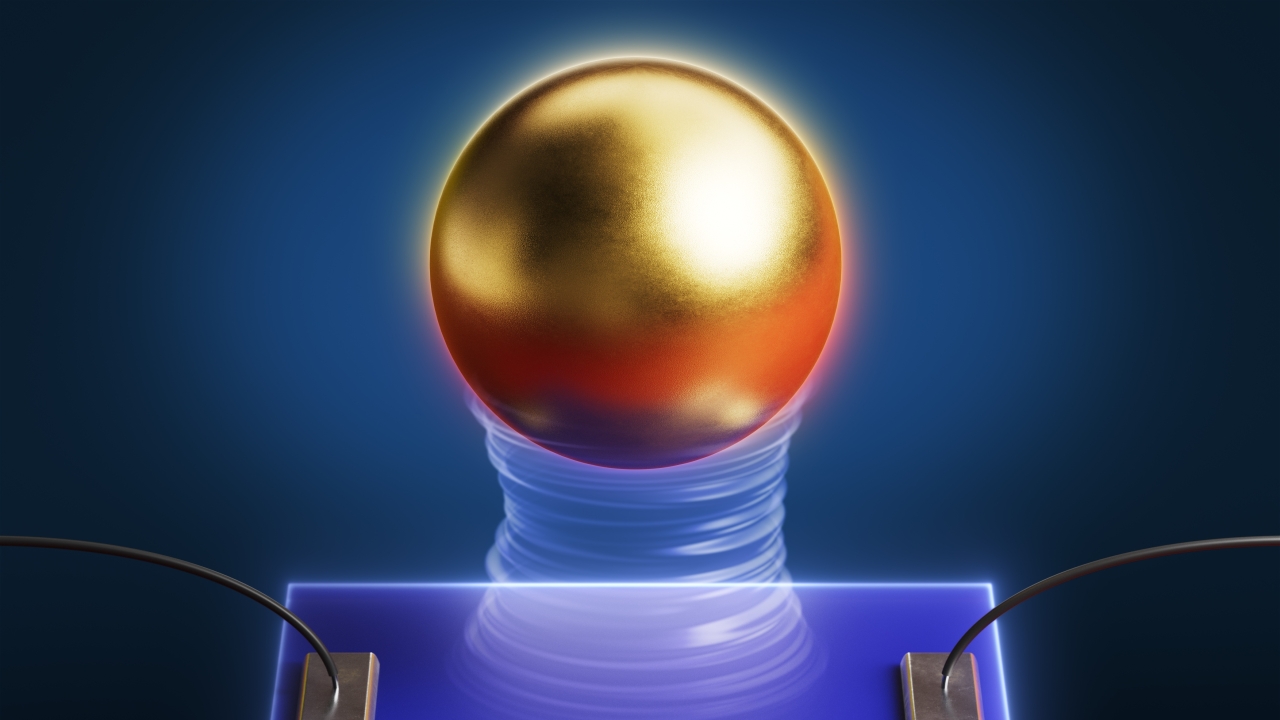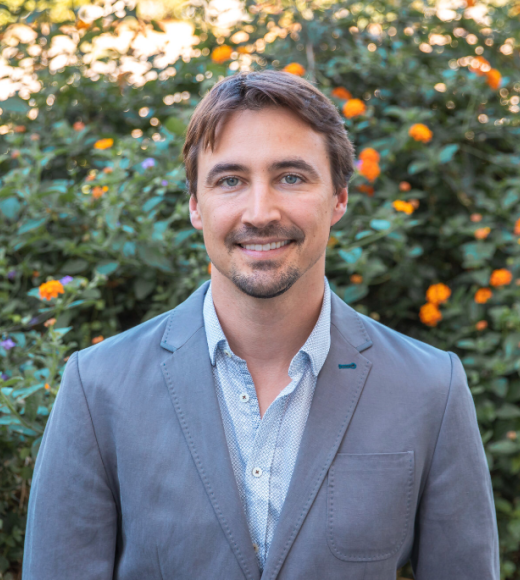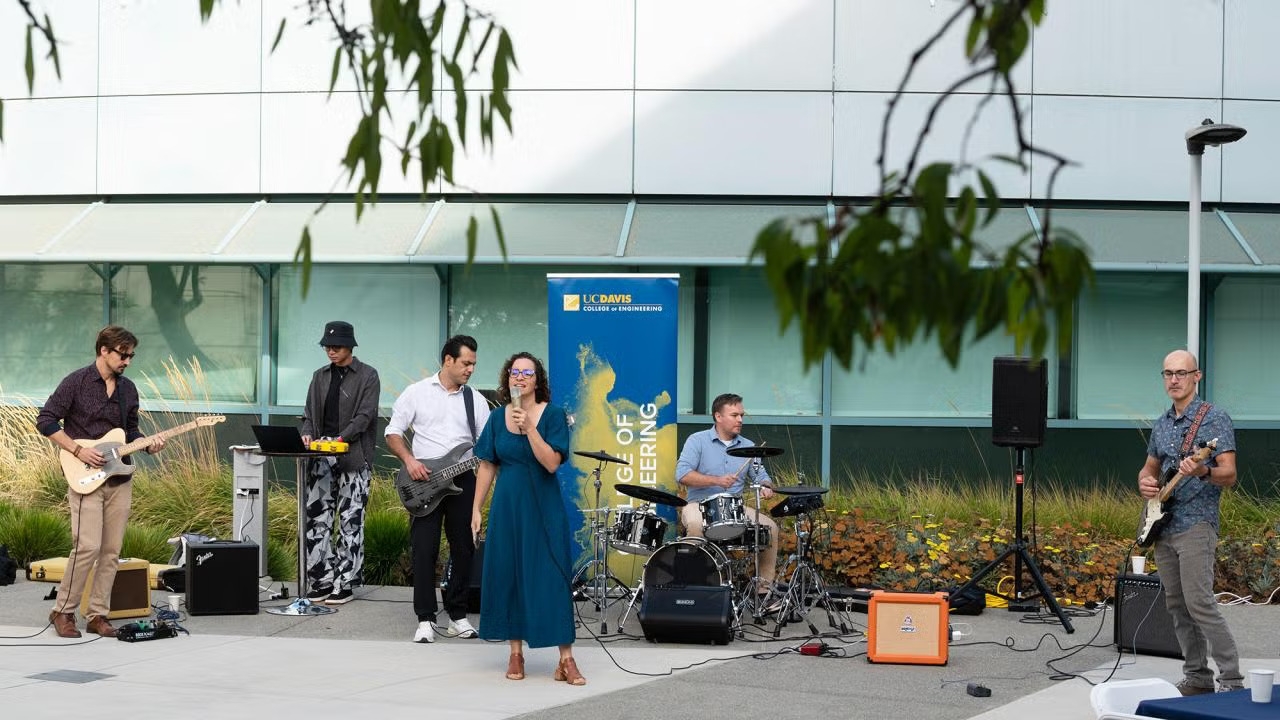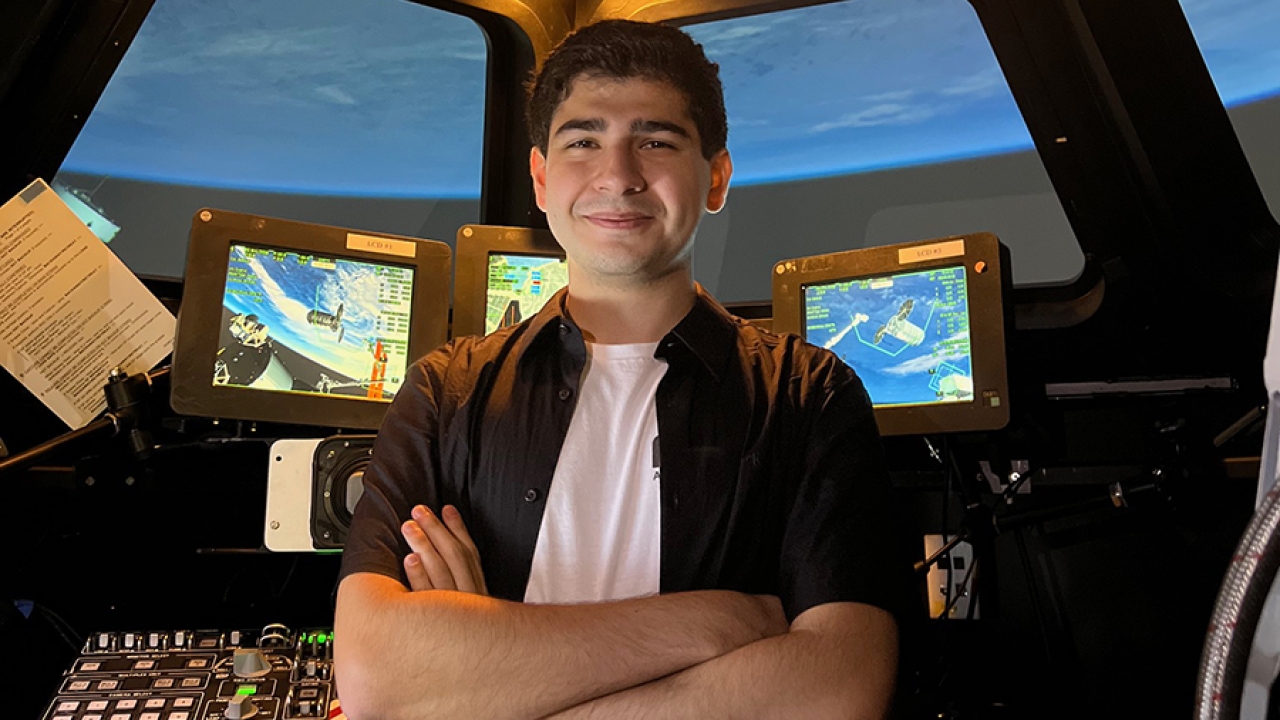
Professor Overcomes Casimir Force, a Fundamental Limitation for Quantum Technology
In order to reach a quantum era, where superfast computers and extraordinarily precise sensors are everyday items, several challenges in quantum physics need solutions first. Professor of Electrical and Computer Engineering Jeremy Munday and his lab at the University of California, Davis, believe they have solved one such challenge.

They have demonstrated a theoretical method for controlling the Casimir force, a quantum mechanical effect that draws small objects toward each other. The force can be so strong as to tear components inside a device apart, a challenge engineers currently face with innovating technology at the nano- and micro-scales.
The smaller technology becomes — and quantum advancements necessitate devices at the nanoscale — the more powerful this force becomes.
"If you can't manipulate the Casimir force," Munday said, "then that becomes the fundamental limitation of shrinking nanomechanical technology down further."
The findings are published in a recent cover paper in Optica Quantum.
An Issue of Scale
The scale at which the Casimir force begins to cause trouble and outright break devices is hard to imagine, due to how minuscule it is. Instead, Munday likens the force to a phenomenon that could be witnessed with the naked eye.
"[Imagine] two parallel boats out at sea and they're close together. There are ocean waves in the space between the boats and there are waves outside. When these boats get too close, they become attracted to each other, and they will collide [because there are] more waves outside than there are between them."
In other words, the ocean waves between the boats are incapable of equaling the force exerted on the boats by the waves pushing from the outside. This outside force becomes stronger as the boats near each other, with the waves in the middle having less and less space to exert a counterforce. In the end, the outer waves force the boats to crash, causing damage.
In the case of microelectromechanical systems, or MEMS, the waves pushing two objects together are electromagnetic and the two boats are small semiconductors within, for example, a smartwatch.
A Quantum Tug-of-War
Munday and his team's solution to the Casimir force is not to remove it, but to play something like a never-ending game of tug-of-war — a game where two teams pull the same amount on the rope, never gaining much ground on the opponent.
Every semiconductor has certain impurities that create the device's conductivity and functionality. For example, a p-n junction joins two types of semiconductors with different impurities and is the basis for many modern-day devices ranging from LED and solar cells to computer transistors. His team proposes using a simple p-n junction to modify the Casimir force.
"We take a battery, we hook it up to the semiconductor, and that creates the electrical bias voltage that we're applying to the p-n junction," Munday said. "By doing that, we're putting power into the system, allowing us to manipulate the quantum fluctuations that cause the Casimir force."
This bias allows the semiconductors to respond in kind to the Casimir force. As the standard Casimir force begins to put pressure on parallel semiconductor pieces within a device, the semiconductors can respond by using the bias to modify the quantum electromagnetic fluctuations. These modified electromagnetic fluctuations push back against those parallel semiconductors, repelling the Casimir force to establish equilibrium.
"These findings open up new possibilities for designing and engineering next-generation nanomechanical technologies," Munday said. "By harnessing these repulsive forces, future applications could include innovative sensors, quantum computing components and more advanced nanomachines that are both precise and robust."
Now that they have demonstrated the method for controlling Casimir force, Munday's lab is exploring how the technique can innovate different types of technologies, such as MEMS, which are found in anything from car airbag sensors to cell phones and computers.





